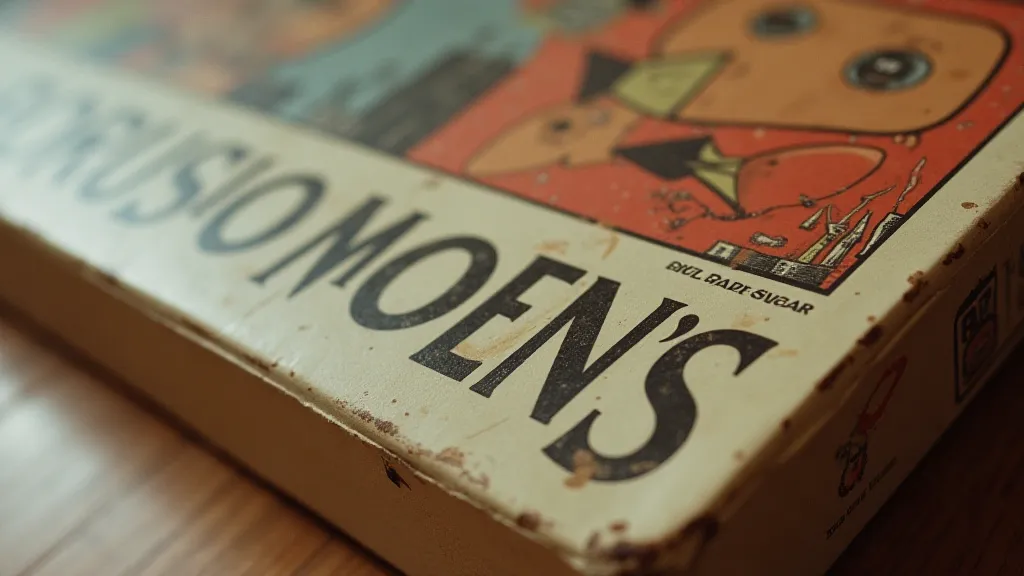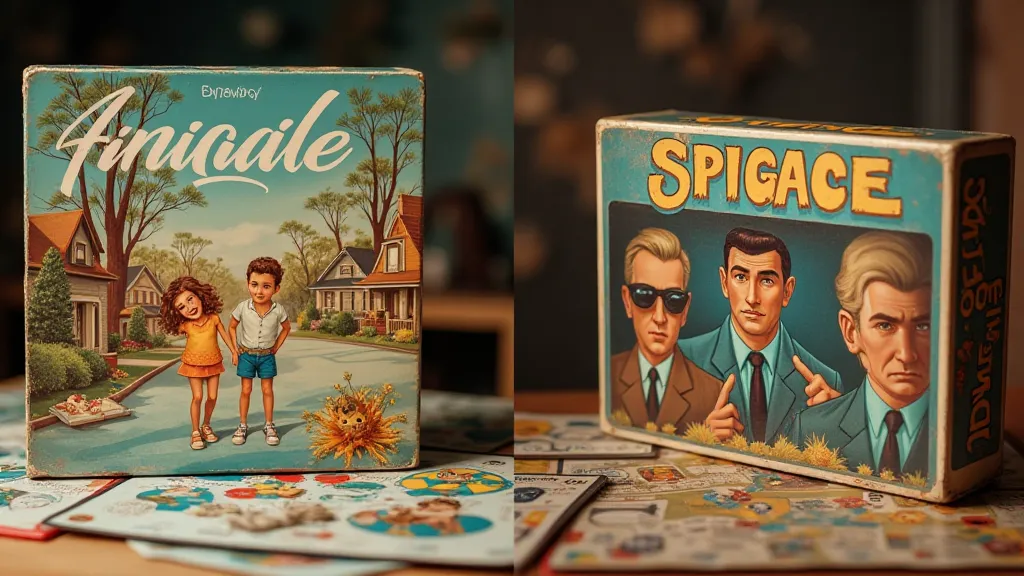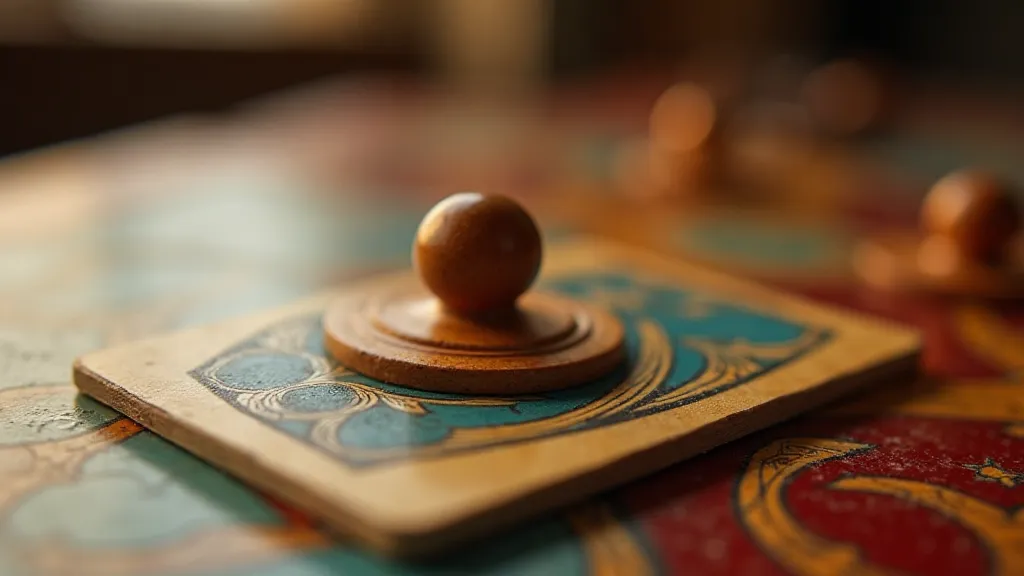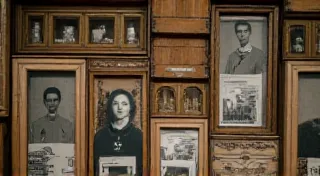The Obsidian Mirror: Reflections of Society in Forgotten Board Game Themes
There’s a particular scent that clings to antique board games – a blend of aged cardboard, faded ink, and the ghost of countless shared moments. It’s a comforting smell, a portal to a time when evenings were often spent gathered around a table, strategizing and laughing. We here at [Website Name] are passionate about rescuing these relics from obscurity, sharing their rules, and exploring their history. But beyond the mechanics and the artwork, there's something even more fascinating to uncover: how these games subtly (and sometimes overtly) reflected the social, political, and cultural anxieties of their respective eras. They are, in a sense, obsidian mirrors, reflecting back the societal landscape of their creation.
My earliest memory involving a vintage board game isn’t about the game itself. It's about the anticipation. My grandfather, a meticulous collector with a twinkle in his eye, would occasionally pull a box from a dusty corner of his attic. The sound of the cardboard whispering open – that moment felt sacred. These weren't just games; they were time capsules.

The Cold War and the Rise of Espionage
The mid-20th century, dominated by the Cold War, produced a fascinating wave of espionage-themed board games. Games like “Red Alert” (1958) and “Game of Espionage” (early 1960s) weren’t simply about clever maneuvers; they were about navigating a world fraught with paranoia and mistrust. "Red Alert" tasked players with infiltrating enemy territory, deciphering codes, and uncovering spies, reflecting the heightened anxieties about Soviet infiltration that permeated Western culture. The rules themselves, often complex and unforgiving, mirrored the perceived complexity of international relations. These weren't the lighthearted adventures of earlier decades; they were training exercises for the mind, albeit disguised as entertainment.
Often, the language used in these vintage games is intriguing in itself. Trying to understand the context of the phrasing, the assumed audience, and the careful wording reveals much about the era's values and expectations. Examining those expectations, and how they were conveyed, is like reading the parchment's whispers of a lost language, revealing hidden meanings within the seemingly straightforward instructions. It’s easy to look back and see the naive assumptions inherent in these games—the simplified view of geopolitical landscapes, the often-stereotypical portrayals of 'the enemy.' But we must also acknowledge the context. These games provided an outlet, a safe space, to grapple with anxieties that were very real for many. They weren't promoting the tensions of the era, necessarily, but rather providing a framework, however simplistic, for understanding them.
The Atomic Age and Survival
The looming threat of nuclear annihilation profoundly impacted American culture, and this dread found its way into board game themes. Games like “Survival!” (1962) weren't about conquest or strategy; they were about surviving the unthinkable. Players managed resources, evacuated cities, and dealt with the fallout (both literal and metaphorical) of a nuclear attack. The artwork, often depicting scenes of devastation and hardship, wasn’t intended to be charming; it was intended to be a stark reminder of the fragility of life.
There's a certain melancholy associated with these games. Playing them now, it’s not just about winning or losing; it’s about confronting the anxieties of a generation that genuinely feared the end of the world. The craftsmanship, however, remains impressive. The components, often simple in design, were constructed with a care and attention to detail that seems absent in many modern games. The heavy cardboard, the thick rulebooks – these weren’t mass-produced commodities; they were tangible artifacts of a specific moment in time. The structure and format of these rulebooks, defining the very limits of the game's world, contribute significantly to the experience. It’s almost as if they build an ephemeral kingdom, carefully constructing its rules and boundaries for players to navigate.
The Post-War Boom and the Suburbs
The post-war economic boom and the rise of the suburbs brought about a shift in themes as well. Games like “Mr. Moneywise” (1955) and “The Landlord’s Game” (precursor to Monopoly) reflected the burgeoning consumer culture and the pursuit of the American Dream. While Monopoly had been around for decades, the post-war versions emphasized the acquisition of property and the accumulation of wealth, mirroring the aspirations of a society rapidly embracing affluence.
“Mr. Moneywise,” intended as an educational game, taught children about financial literacy and investment strategies. It's fascinating to see how even games aimed at children reflected the growing emphasis on economic success. The artwork in these games often depicted idyllic suburban scenes – neatly manicured lawns, cheerful families, and rows of identical houses. While seemingly innocuous, these images subtly reinforced the societal values of conformity and material prosperity. The very colors used—the palettes that defined an era—contributed to the overall message these games were trying to convey. Examining these choices highlights how the dream weaver’s loom resonated throughout the gaming landscape.

Restoration and Collecting: A Glimpse into the Past
Collecting and restoring vintage board games isn’t just about acquiring pretty objects; it’s about preserving history. Many of these games are fragile, their components worn and faded. Restoration, however, requires a delicate touch. The goal isn’t to make the game look brand new; it’s to stabilize its condition and preserve its original character. Simple steps like reinforcing worn boxes, replacing missing components with accurate reproductions, and gently cleaning faded artwork can significantly extend the life of these treasures.
One of the joys of collecting is the occasional serendipitous discovery. I once acquired a copy of "Survival!" with a handwritten note tucked inside the box – a message from the original owner, dated 1963, expressing his hopes for a peaceful future. That simple note transformed the game from a mere object into a poignant connection to the past – a tangible reminder of the hopes and fears of a generation.
The value of these games isn't solely monetary. While some rare editions can command high prices, the real value lies in the stories they hold, the history they represent, and the connections they provide to a bygone era. They are, as I said before, obsidian mirrors – reflecting back the complexities and contradictions of the societies that created them. These reflections highlight the intricate ways that seemingly simple games can encapsulate broader cultural shifts, mirroring societal anxieties and aspirations. Examining these games is like tracing the stone mason’s legacy of design and innovation across generations, recognizing the lineage of tabletop gaming.

The design process, the choices made in every detail – from the artwork to the rulebook formatting – tell a story of their own. They reveal the assumptions, the fears, and the hopes of the era in which they were created. They are tangible representations of a specific moment in time, frozen in cardboard and ink.
The broader context of game design is fascinating too. How did one game inspire another? What were the trends that shaped the industry? And how did the social and political landscape influence the themes and mechanics of these games? It's a rich tapestry of creativity and innovation, woven together by the threads of history.
Furthermore, the preservation of these games is not just about maintaining their physical condition. It’s about safeguarding the stories they tell and ensuring that future generations can experience the unique cultural insights they offer. It's a responsibility that collectors and enthusiasts alike should embrace.
Think about the hands that have handled these games, the laughter and tears they've witnessed, the dreams they’re built upon. They're more than just games; they’re testaments to a time gone by.
The value of these games isn't solely monetary. While some rare editions can command high prices, the real value lies in the stories they hold, the history they represent, and the connections they provide to a bygone era.





